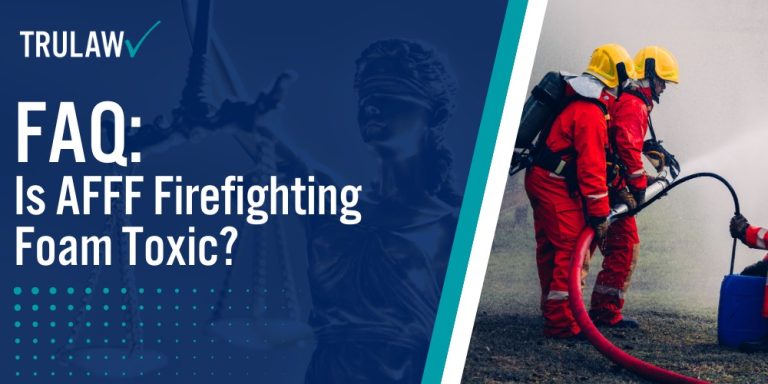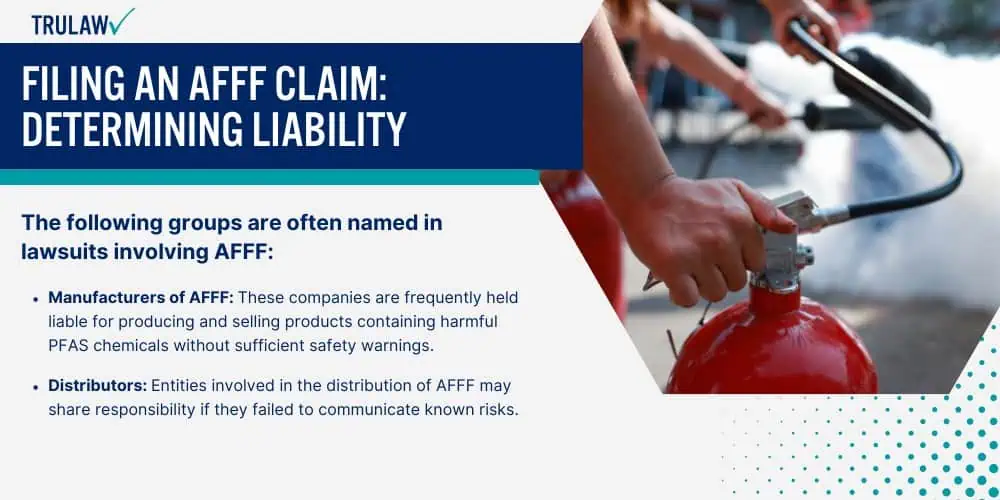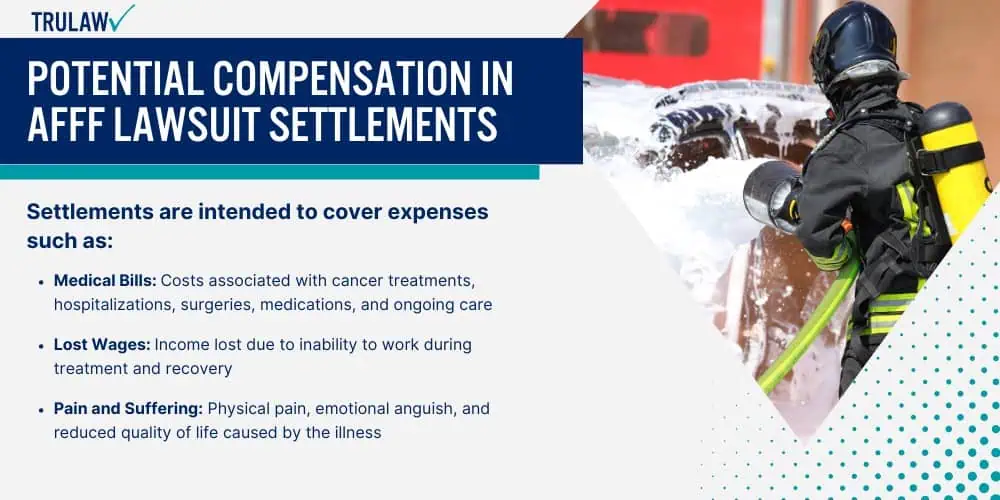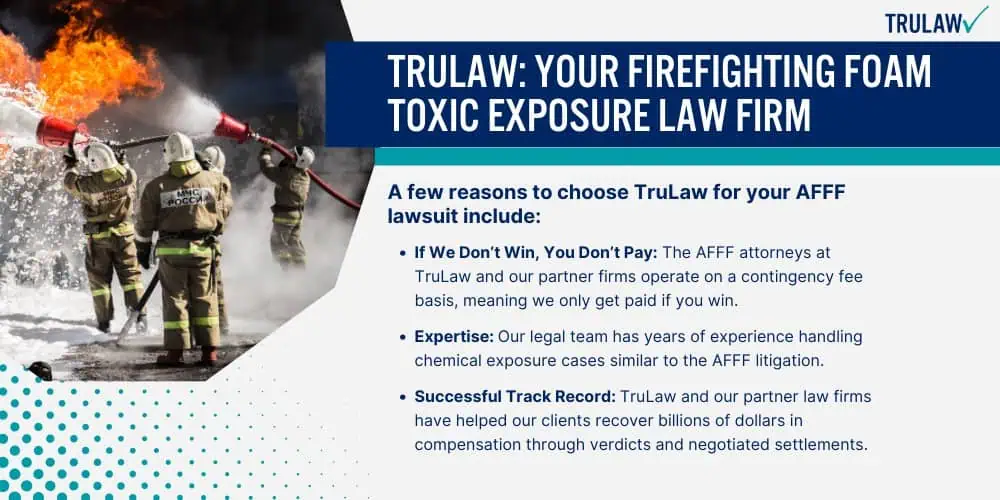Per- and polyfluoroalkyl substances (PFAS) are a group of man-made chemicals that have been widely used in various products since the 1940s, including in aqueous film-forming foam (AFFF) used by firefighters to extinguish fuel fires.
While effective at fighting fires, the PFAS in AFFF can have toxic effects on human health and the environment that have raised serious concerns in recent years.
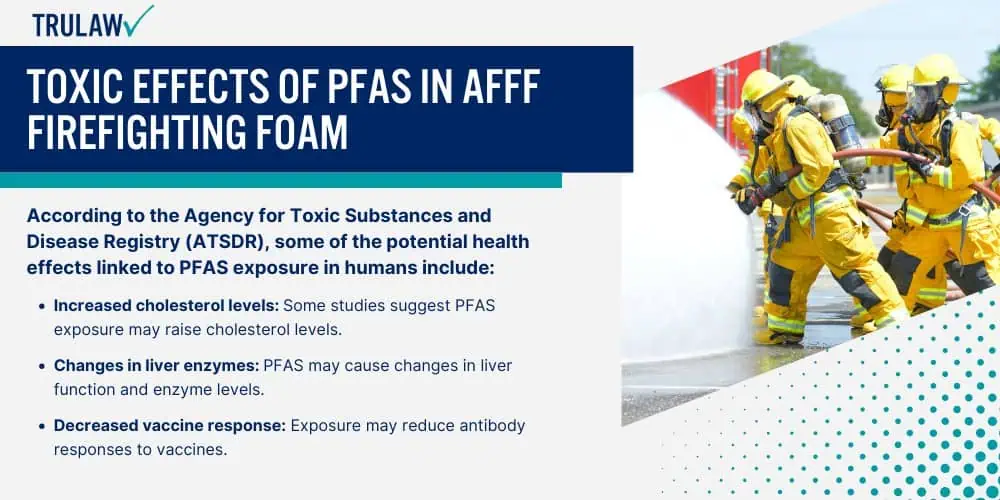
The Dangers of Forever Chemicals Today
Studies have shown that exposure to certain PFAS may be associated with various adverse health outcomes, although the overall scientific evidence is currently inconclusive.
According to the Agency for Toxic Substances and Disease Registry (ATSDR), some of the potential health effects linked to PFAS exposure in humans include:
- Increased cholesterol levels: Some studies suggest PFAS exposure may raise cholesterol levels.
- Changes in liver enzymes: PFAS may cause changes in liver function and enzyme levels.
- Decreased vaccine response: Exposure may reduce antibody responses to vaccines.
- Increased risk of high blood pressure or pre-eclampsia in pregnant women: Some research indicates potential pregnancy-induced hypertension risks.
While these health outcomes have been reported in some studies, more research is still needed to fully understand the link between PFAS exposure and human health effects.
The toxicity of PFAS depends on several factors like the specific chemical, concentration, frequency and duration of exposure.
How PFAS in AFFF Affects the Environment
In addition to potential human health risks, the release of PFAS from AFFF into the environment during firefighting activities is a major concern.
Some key environmental issues include:
- Persistence: PFAS are extremely persistent and do not readily break down in the environment.
- Mobility: These chemicals are highly mobile and can travel long distances in water and air.
- Bioaccumulation: PFAS can accumulate in the bodies of humans and animals over time.
- Contamination: Release of AFFF can contaminate soil, surface water, and groundwater.
Local fire departments are involved in state-led programs aimed at the collection and disposal of fluorinated firefighting foam, working collaboratively with professional firefighting associations to manage significant quantities of unwanted PFAS-containing foam found at fire stations across Wisconsin.
PFAS contamination from the use of AFFF is widespread.
The Department of Defense has identified nearly 700 military sites with known or suspected PFAS releases.
Contaminated groundwater and drinking water supplies in surrounding communities is a significant issue the military is investigating.
With their persistence, mobility and bio-accumulative properties, PFAS from AFFF pose long-term environmental risks that are still being determined.
If you or a loved one were exposed to toxic firefighting foam and subsequently diagnosed with cancer or experiencing serious health risks, you may be eligible to seek compensation.
Contact TruLaw using the chat on this page to receive an instant case evaluation that can determine if you qualify for the AFFF firefighting foam lawsuit today.
